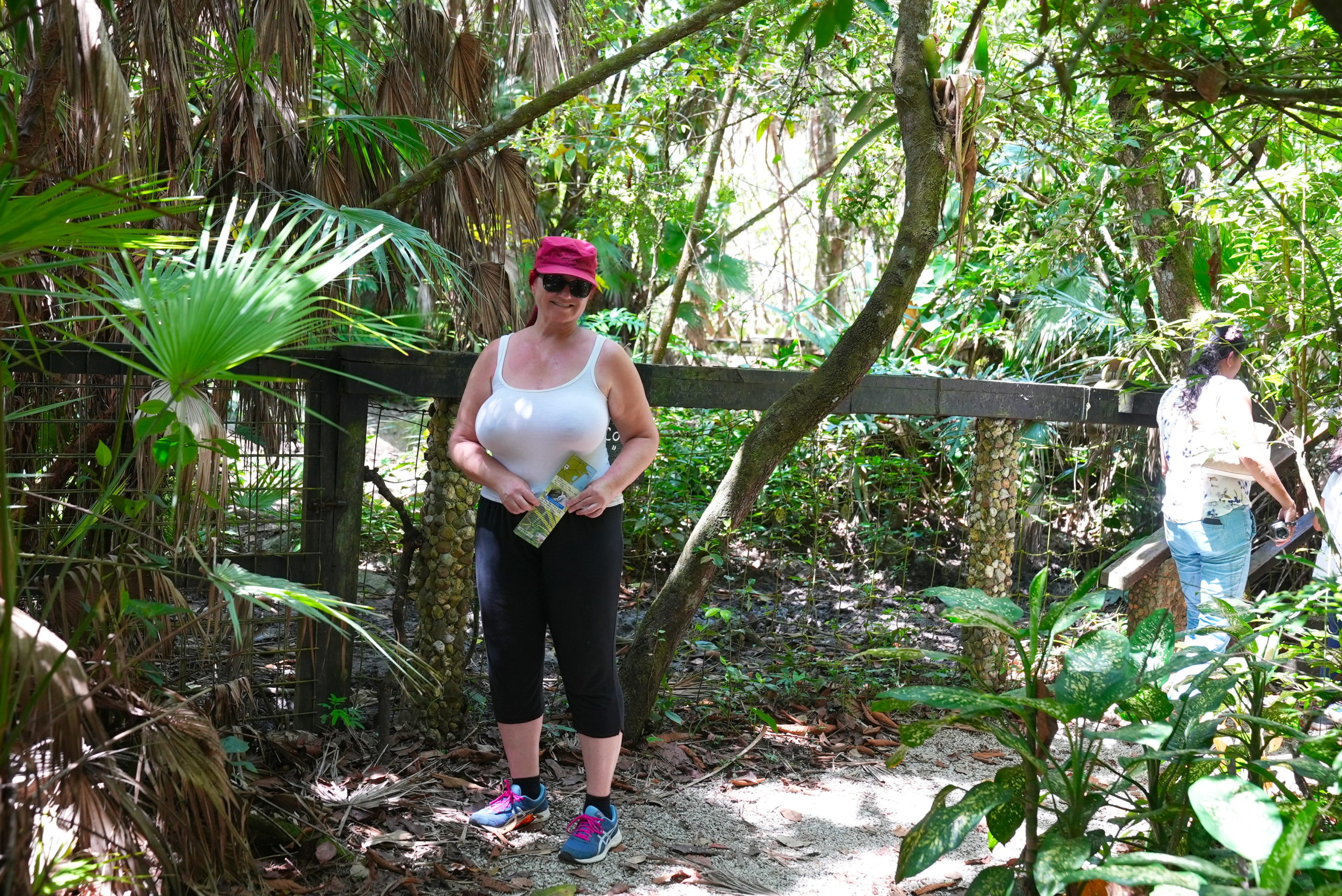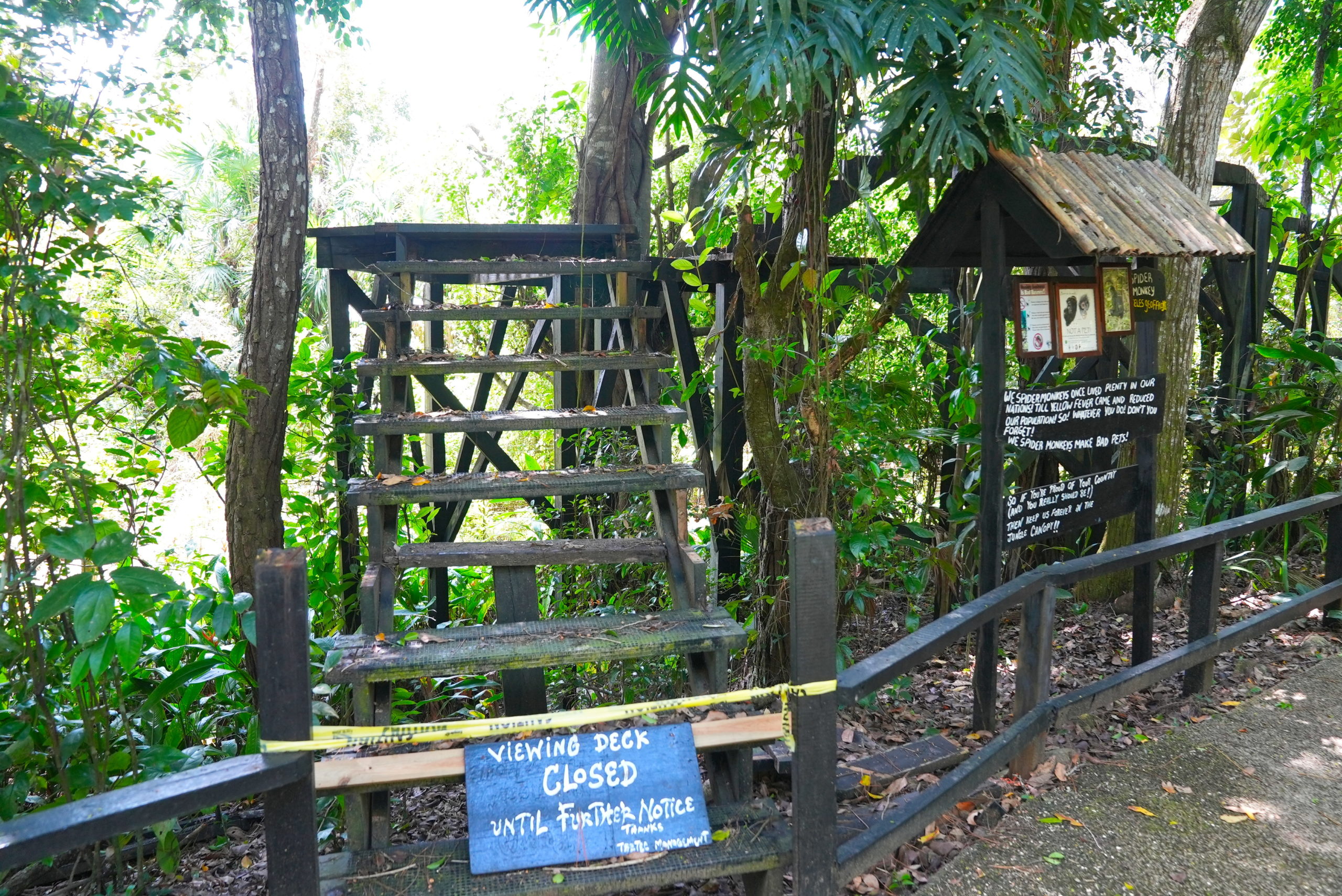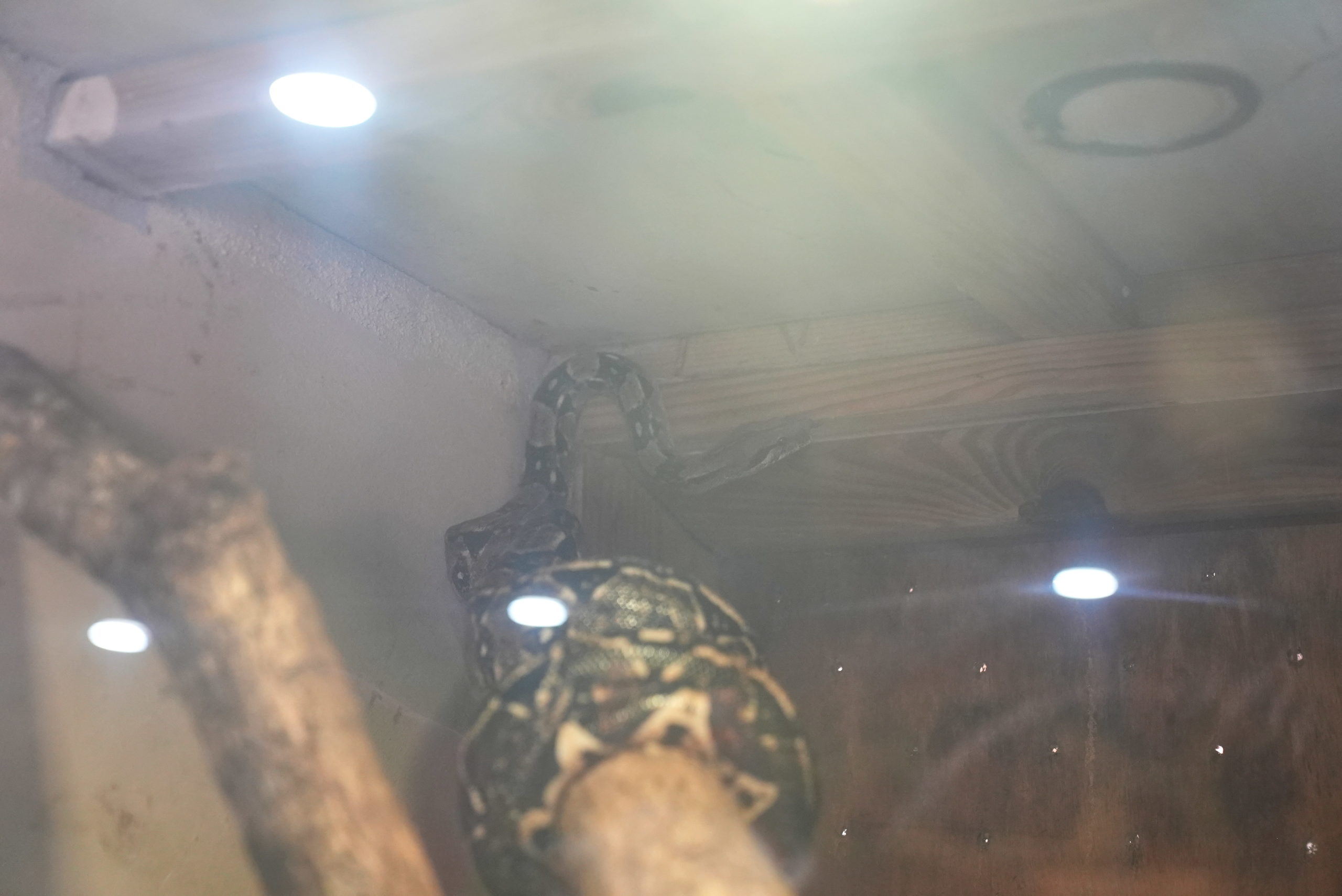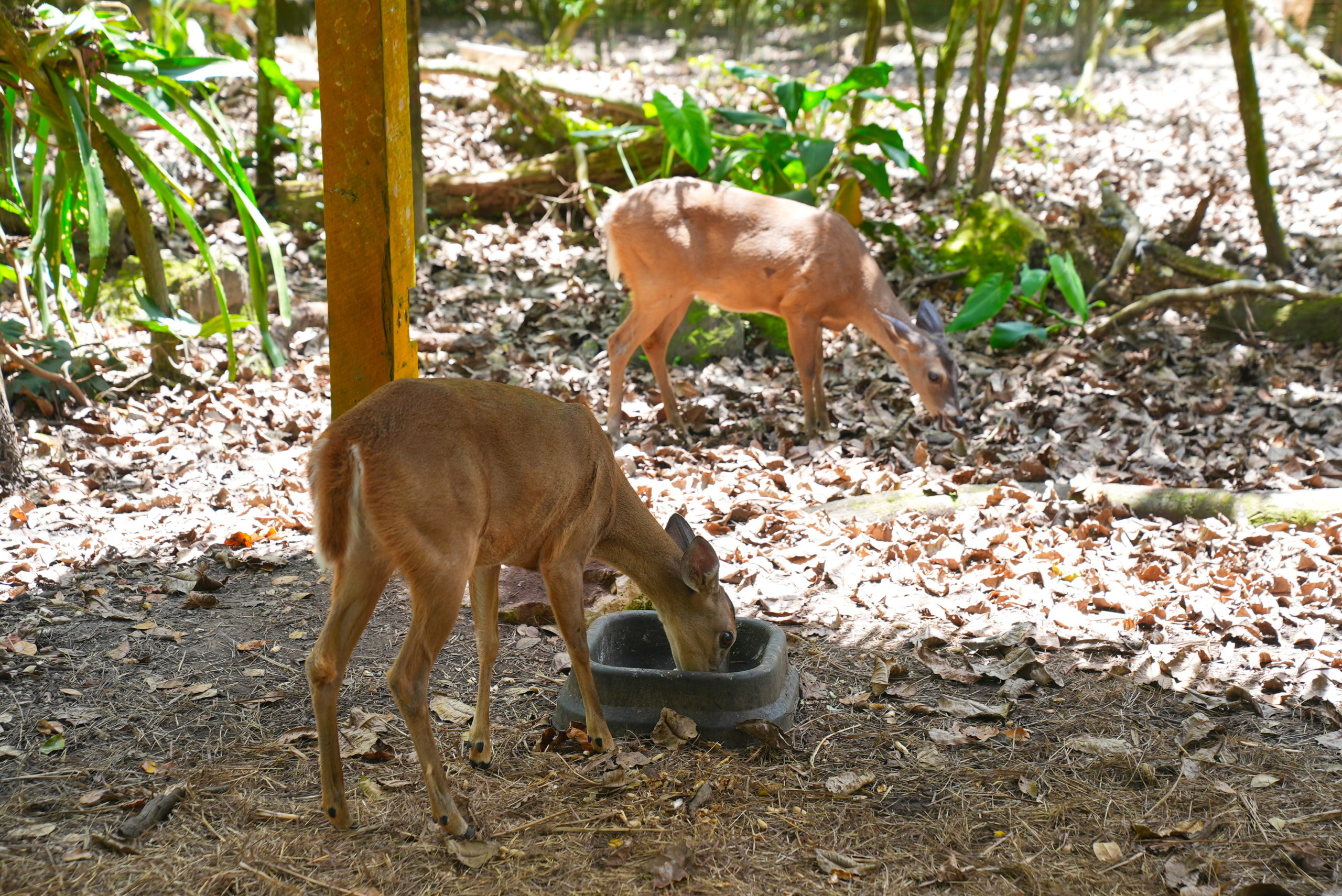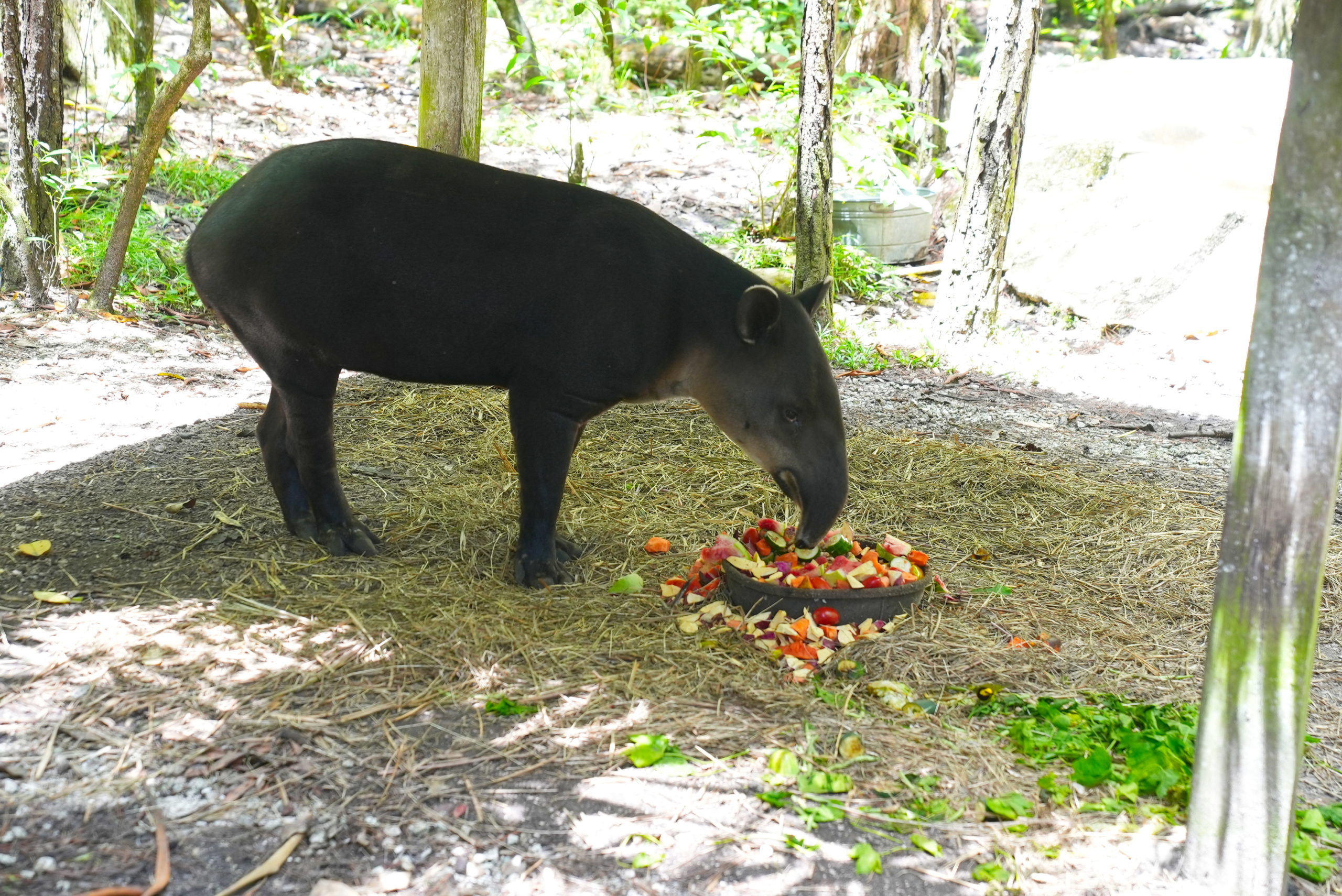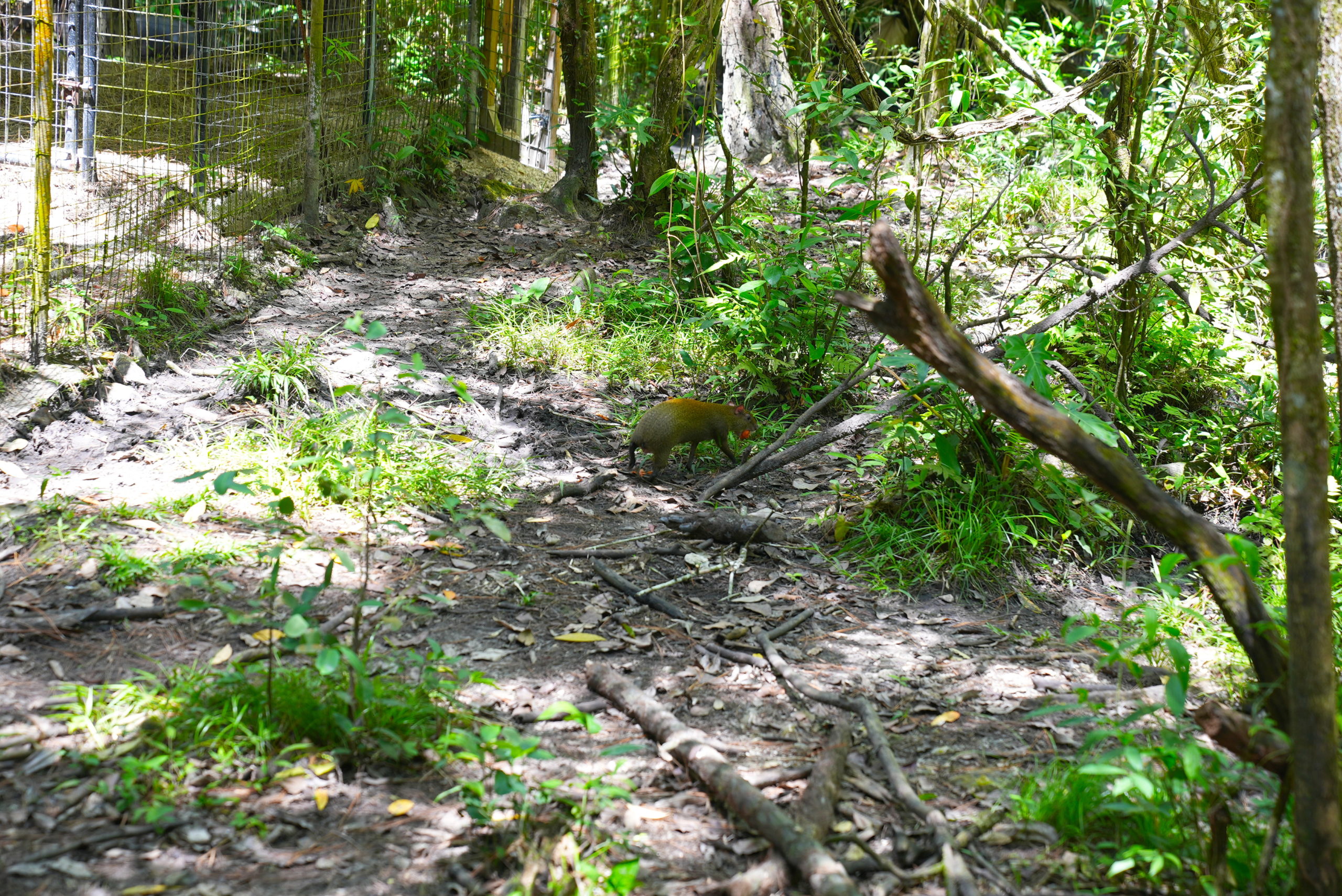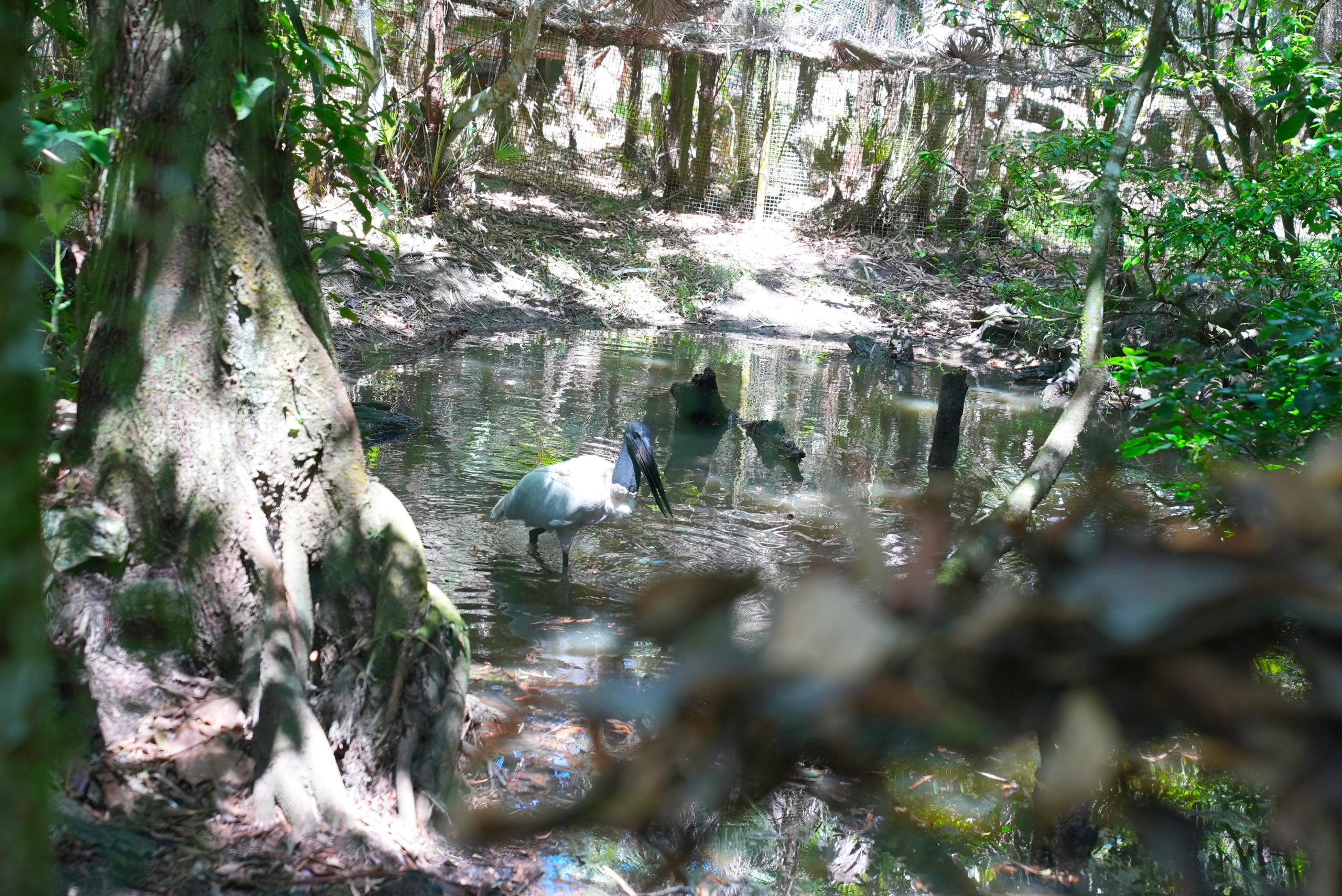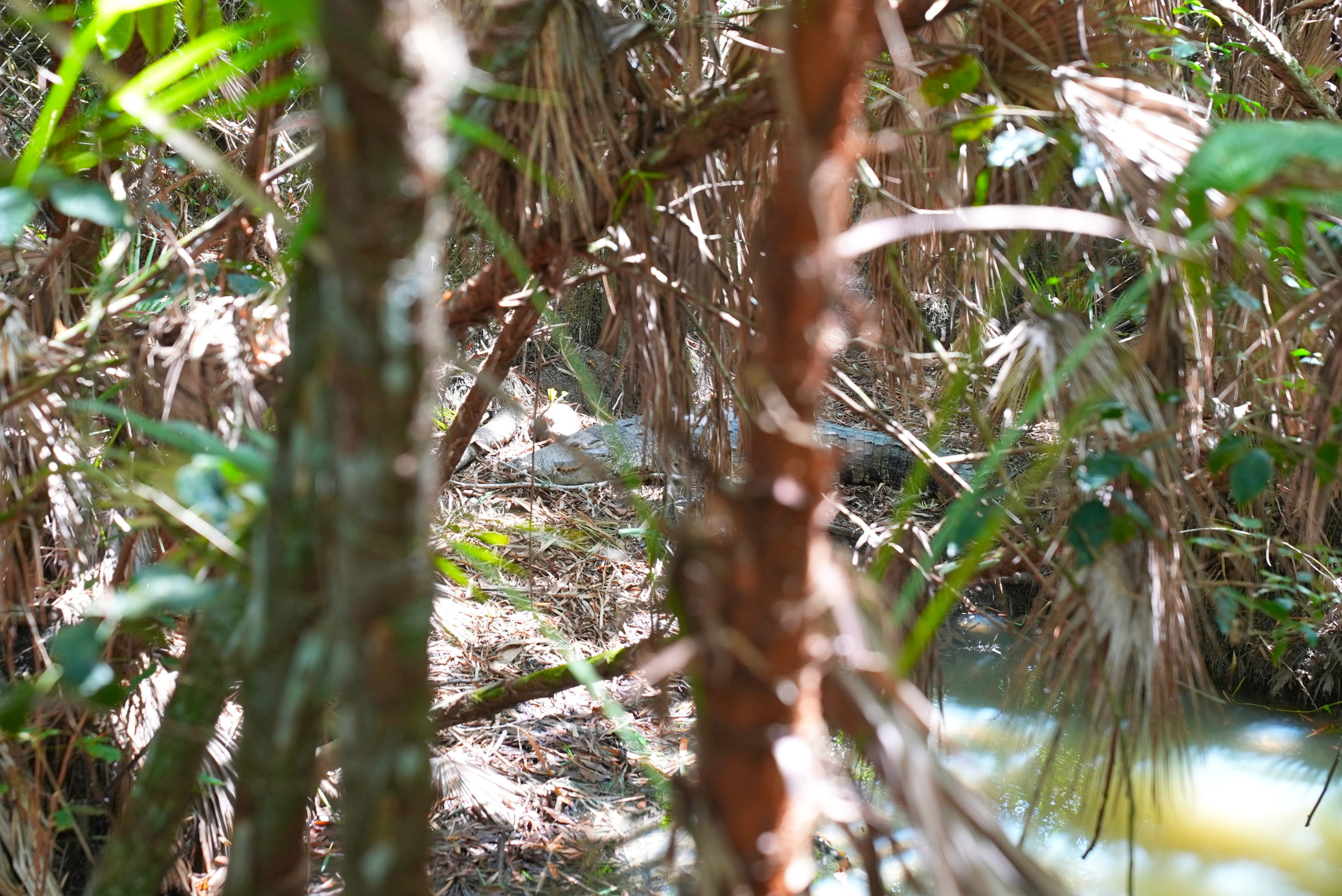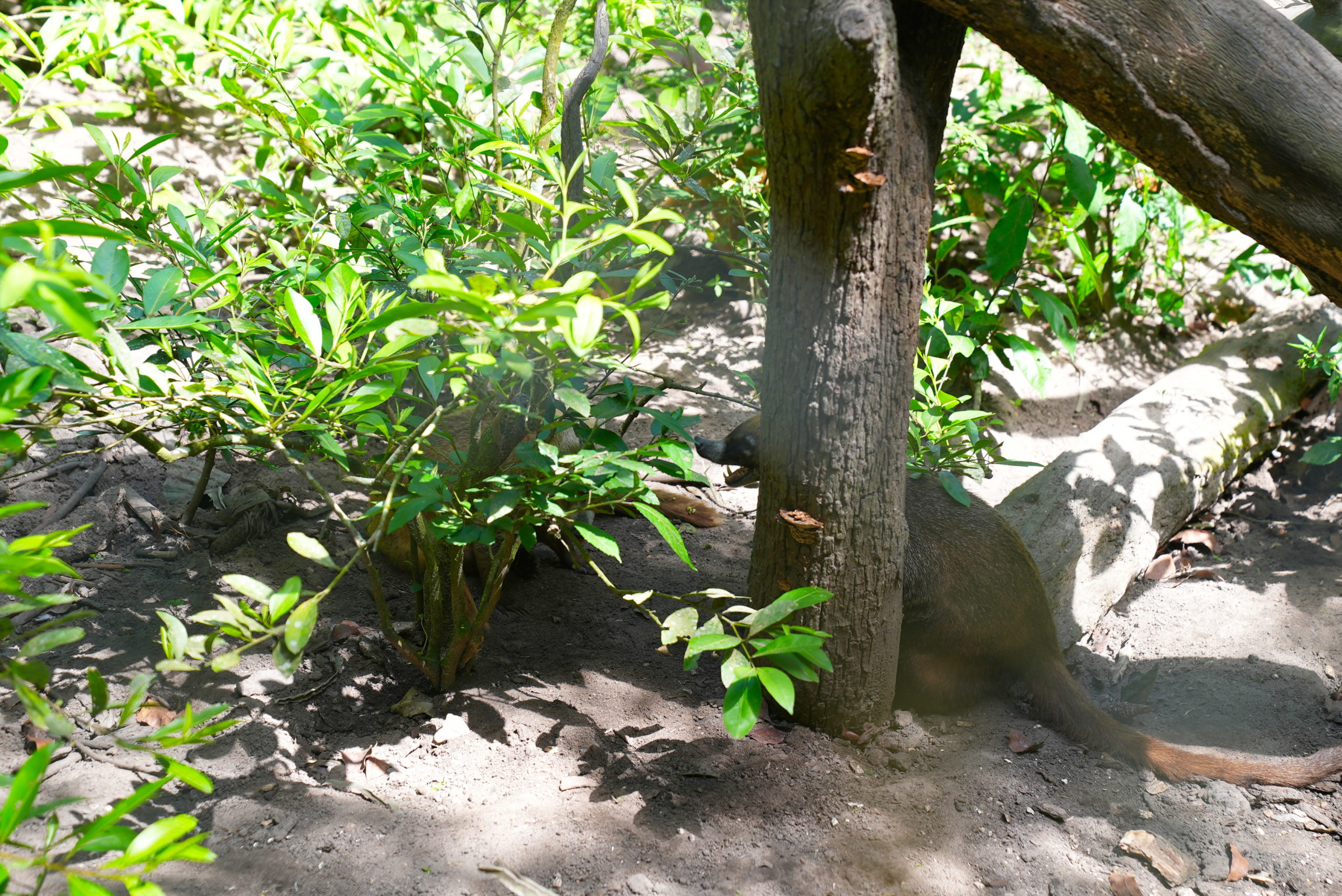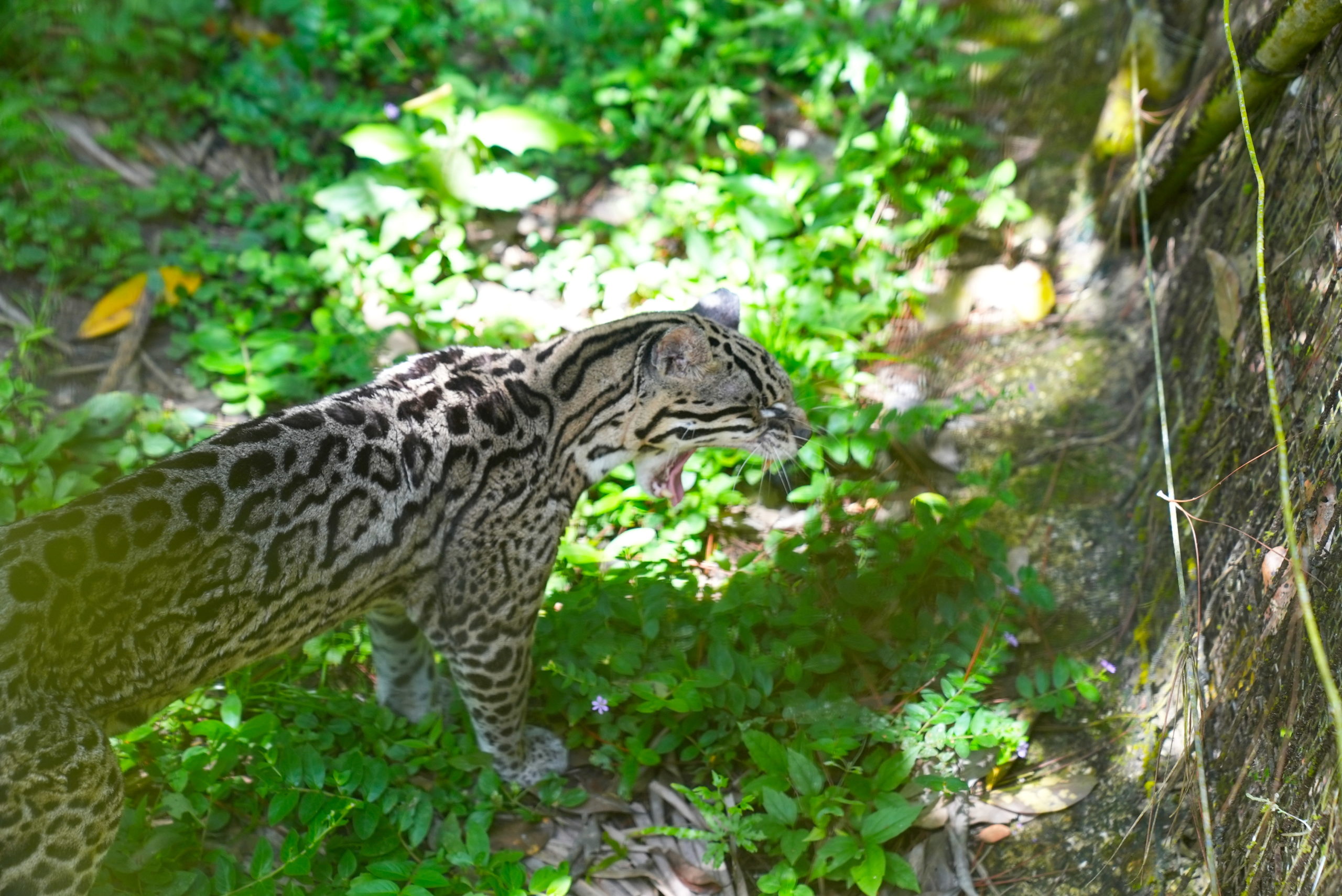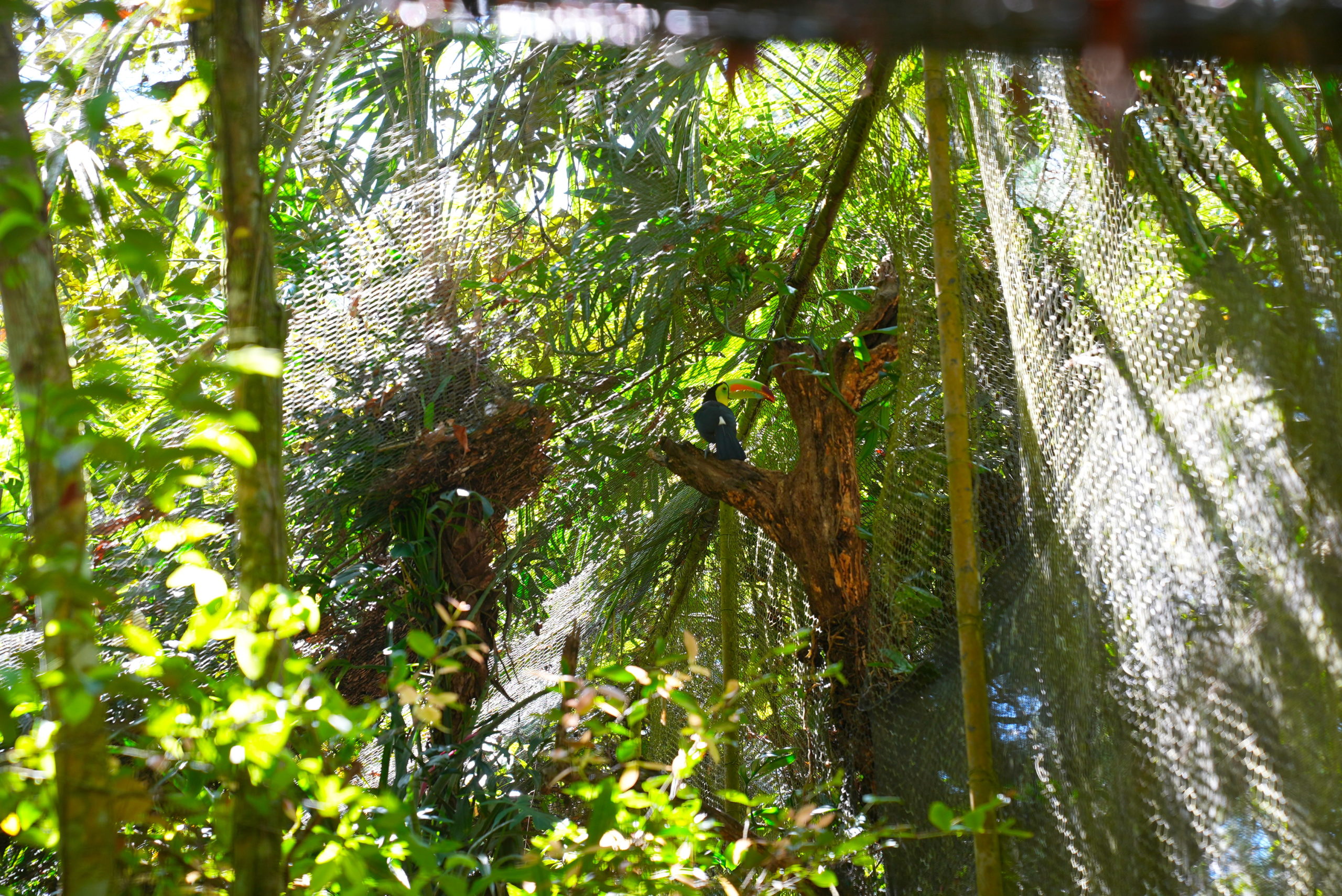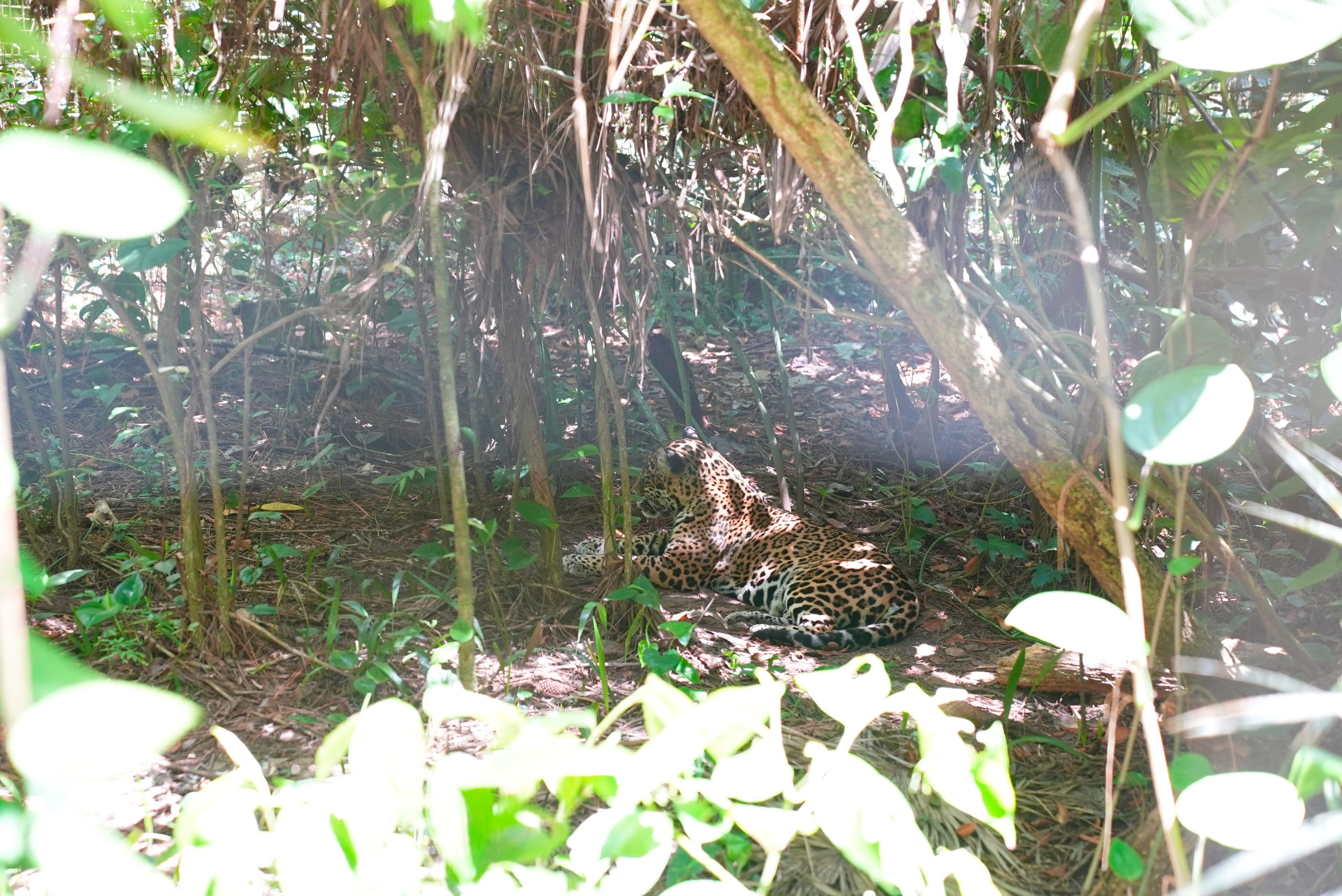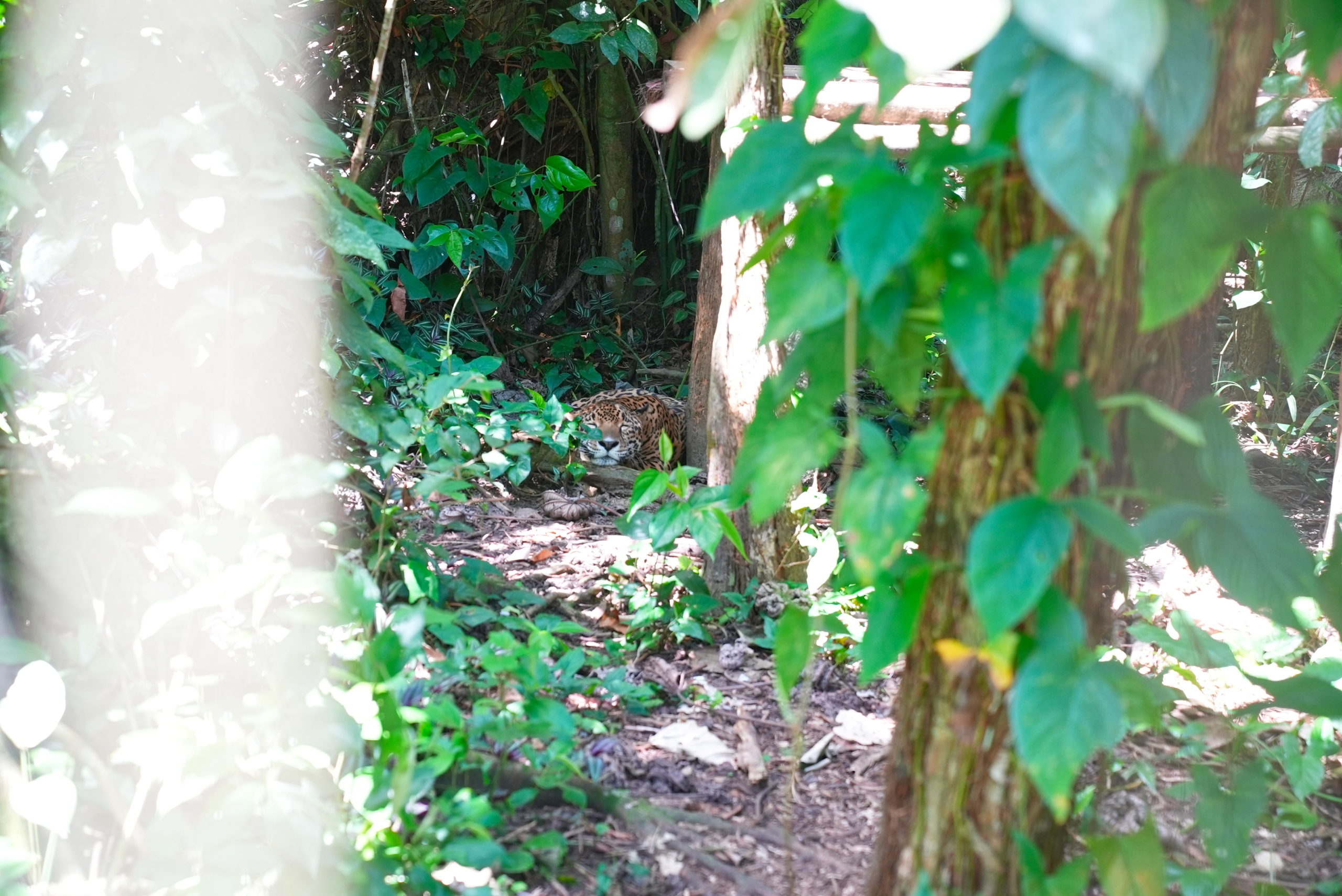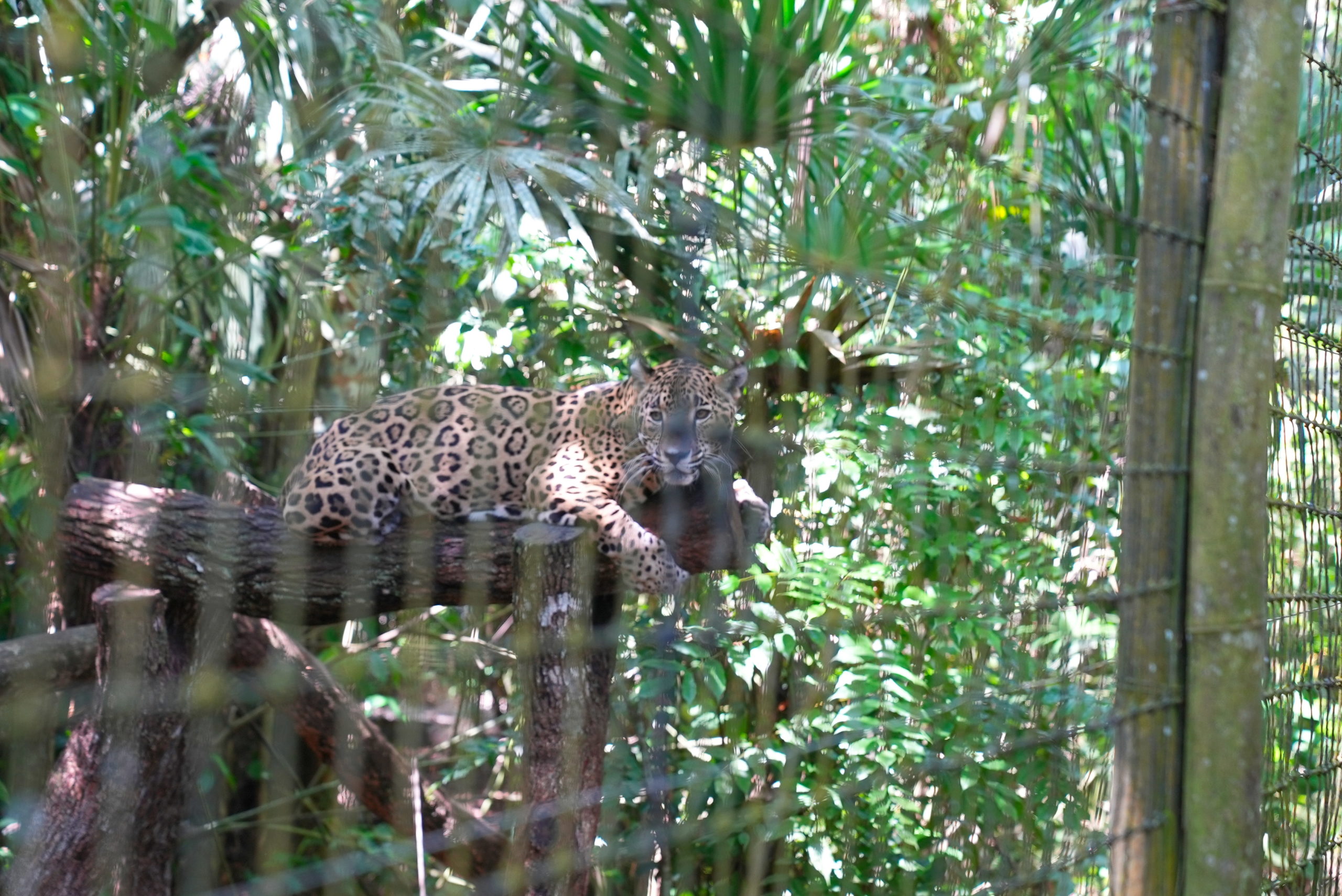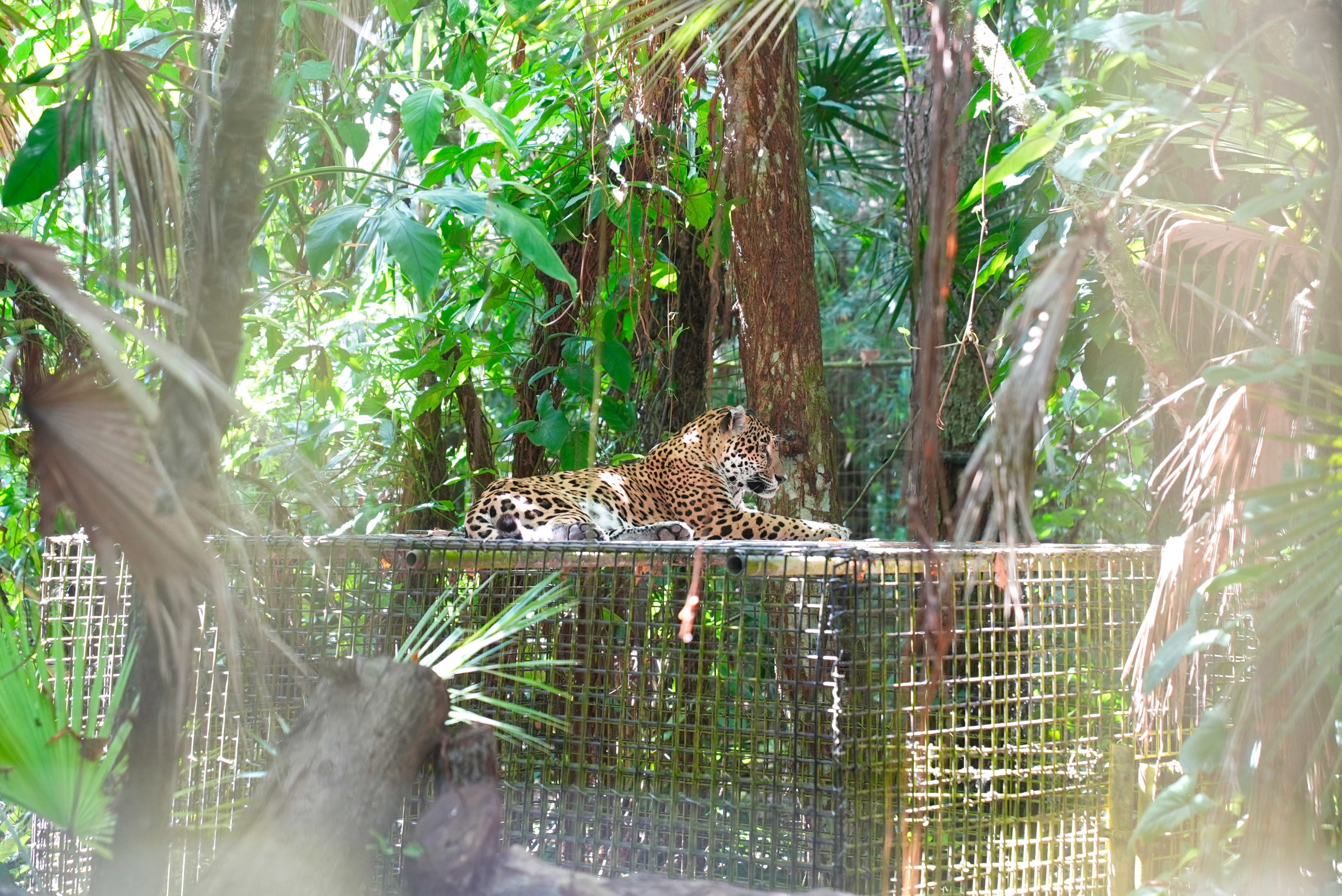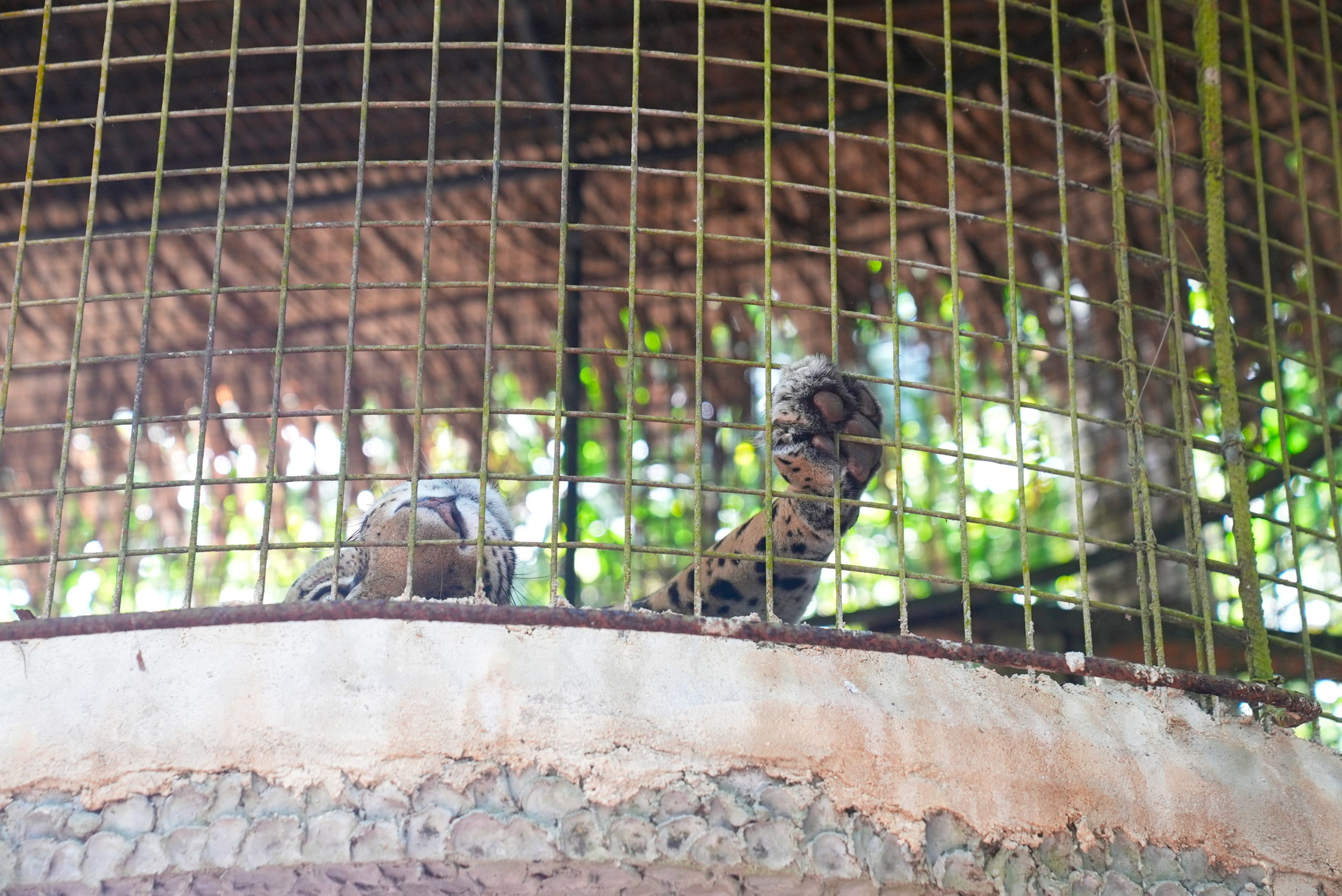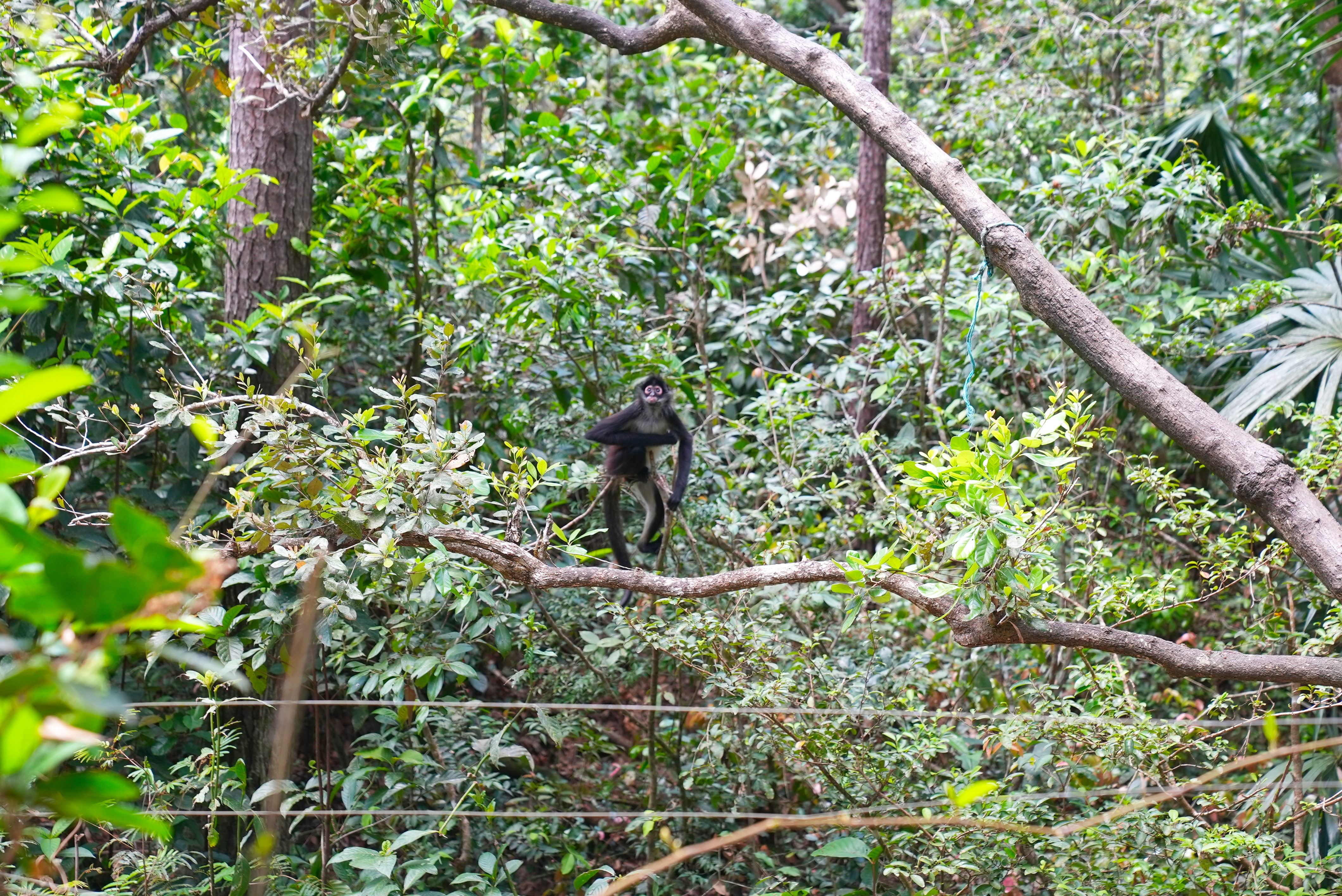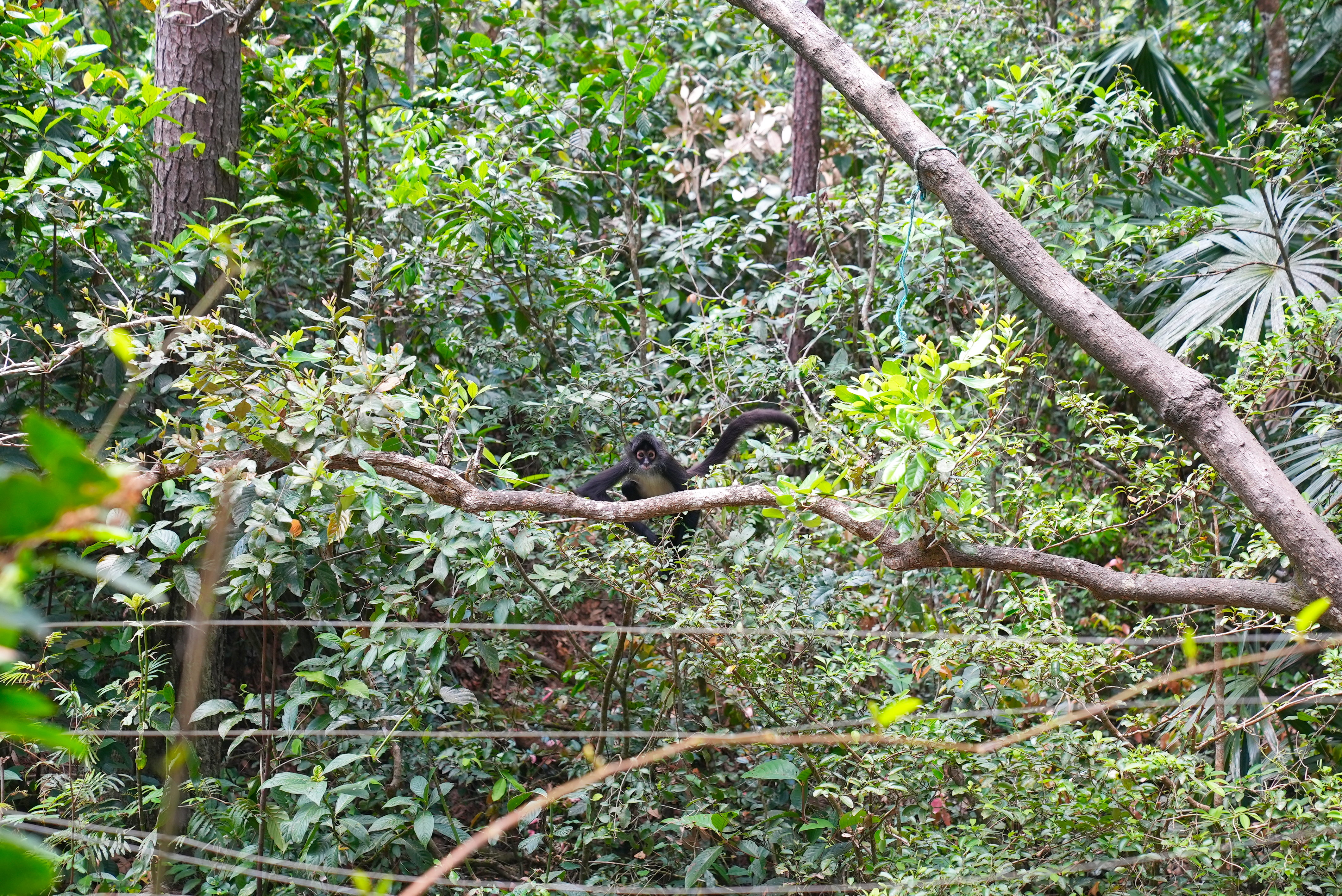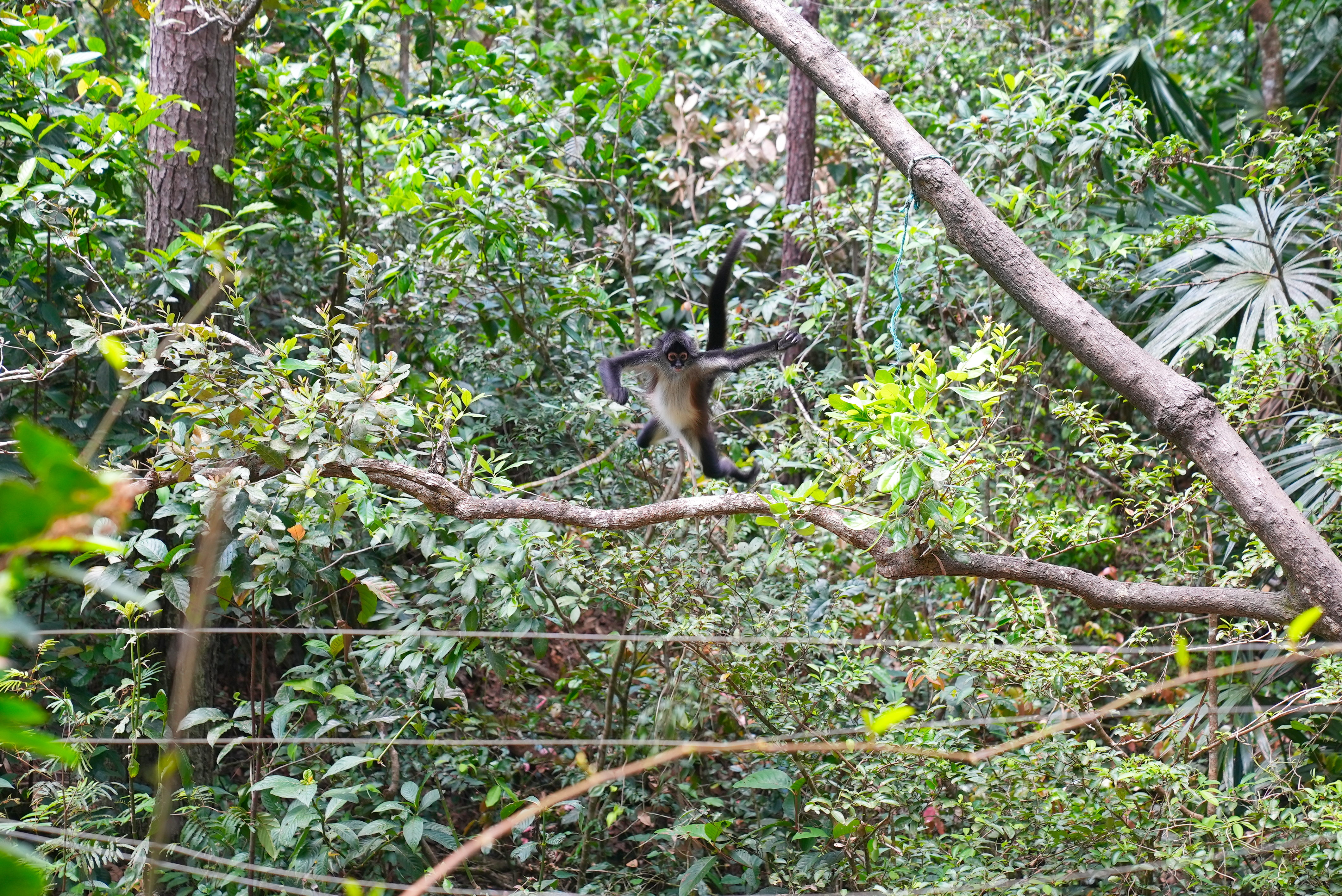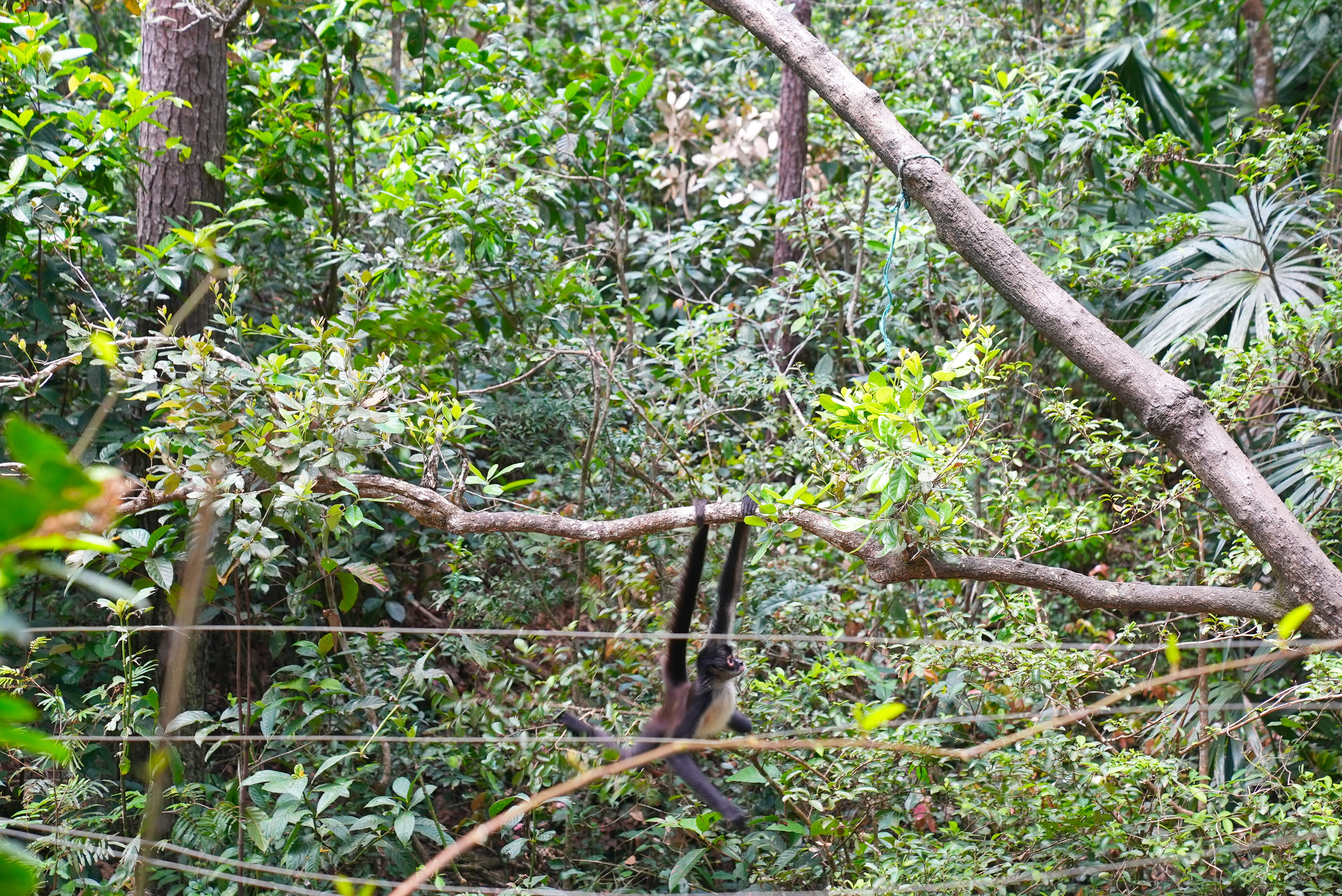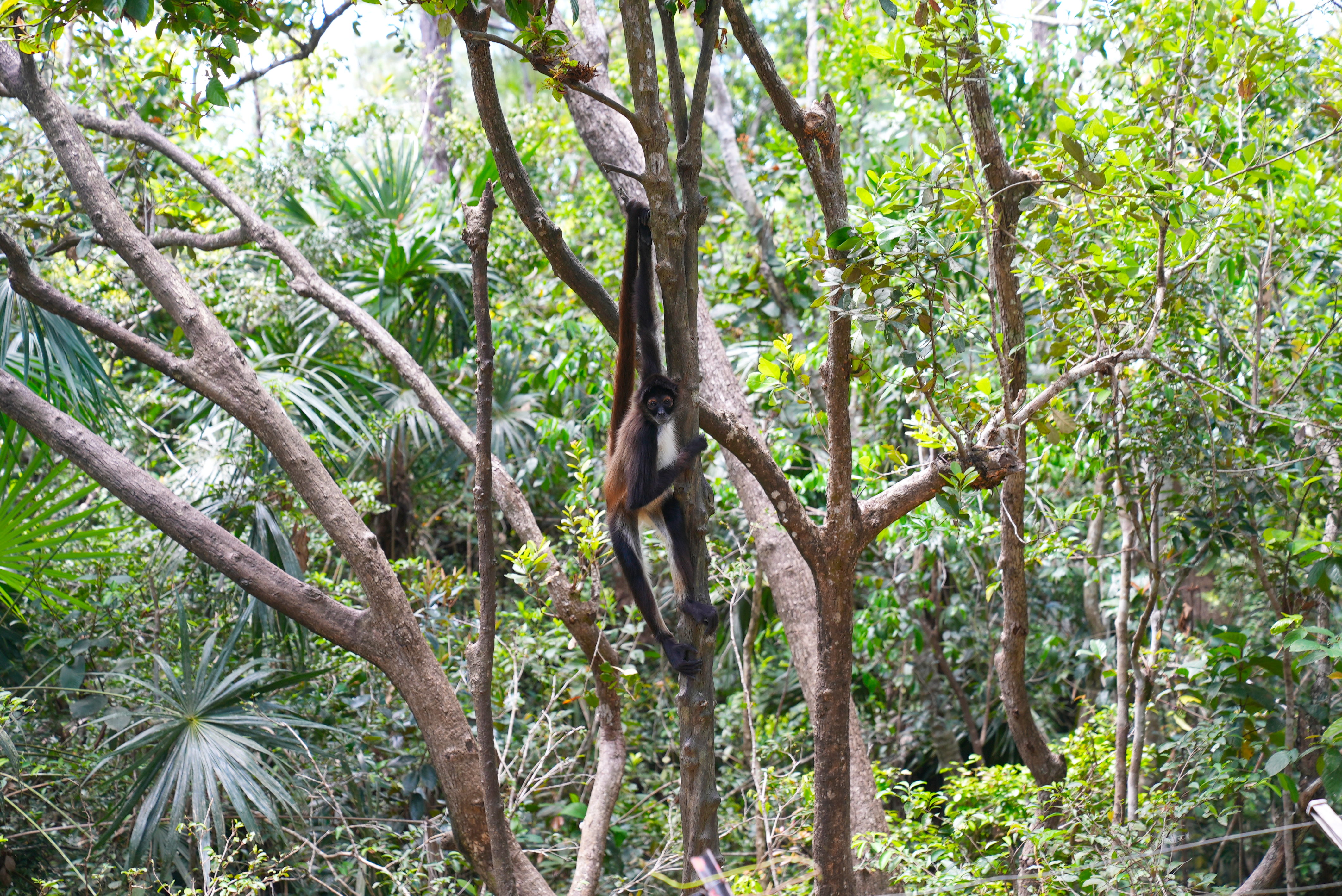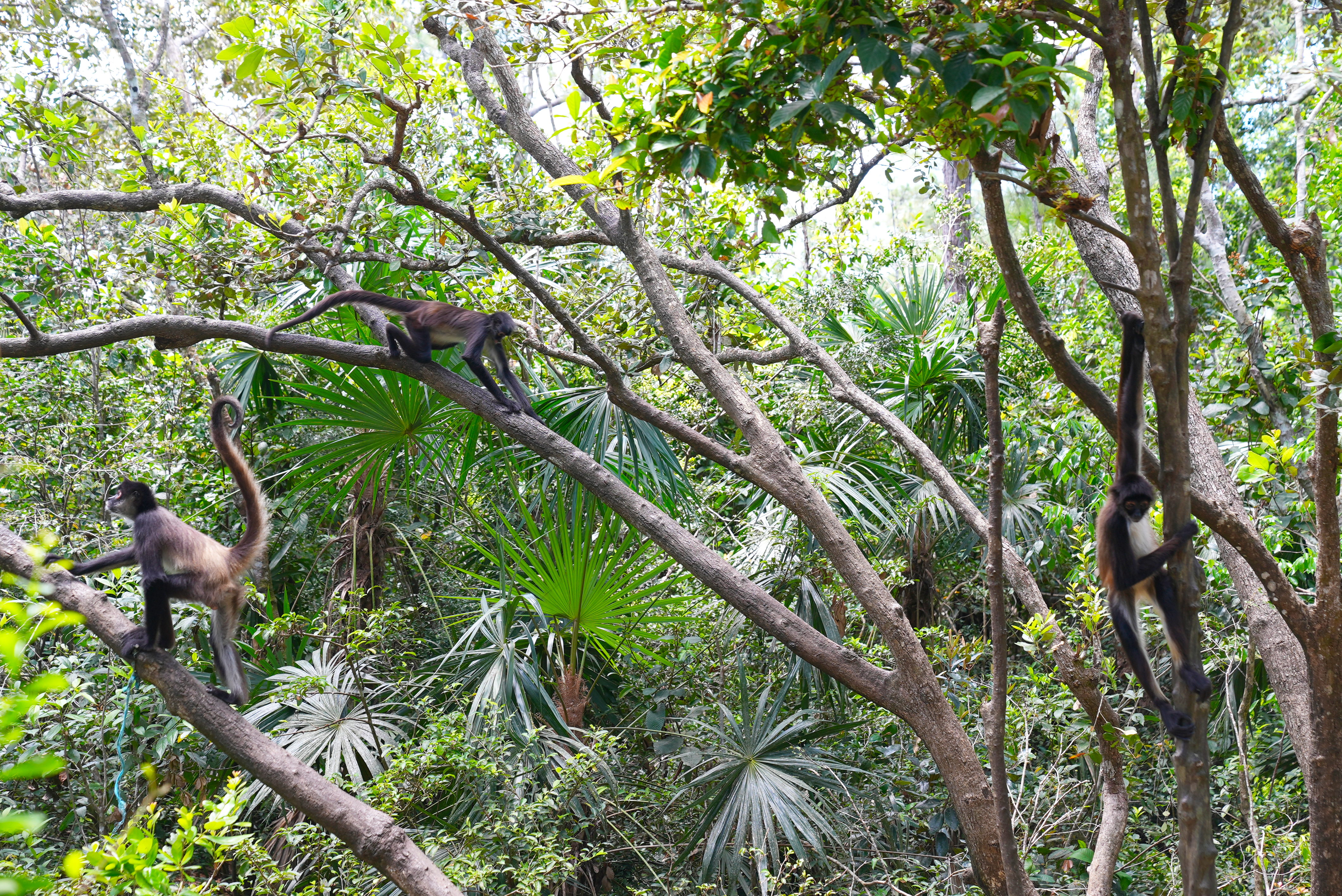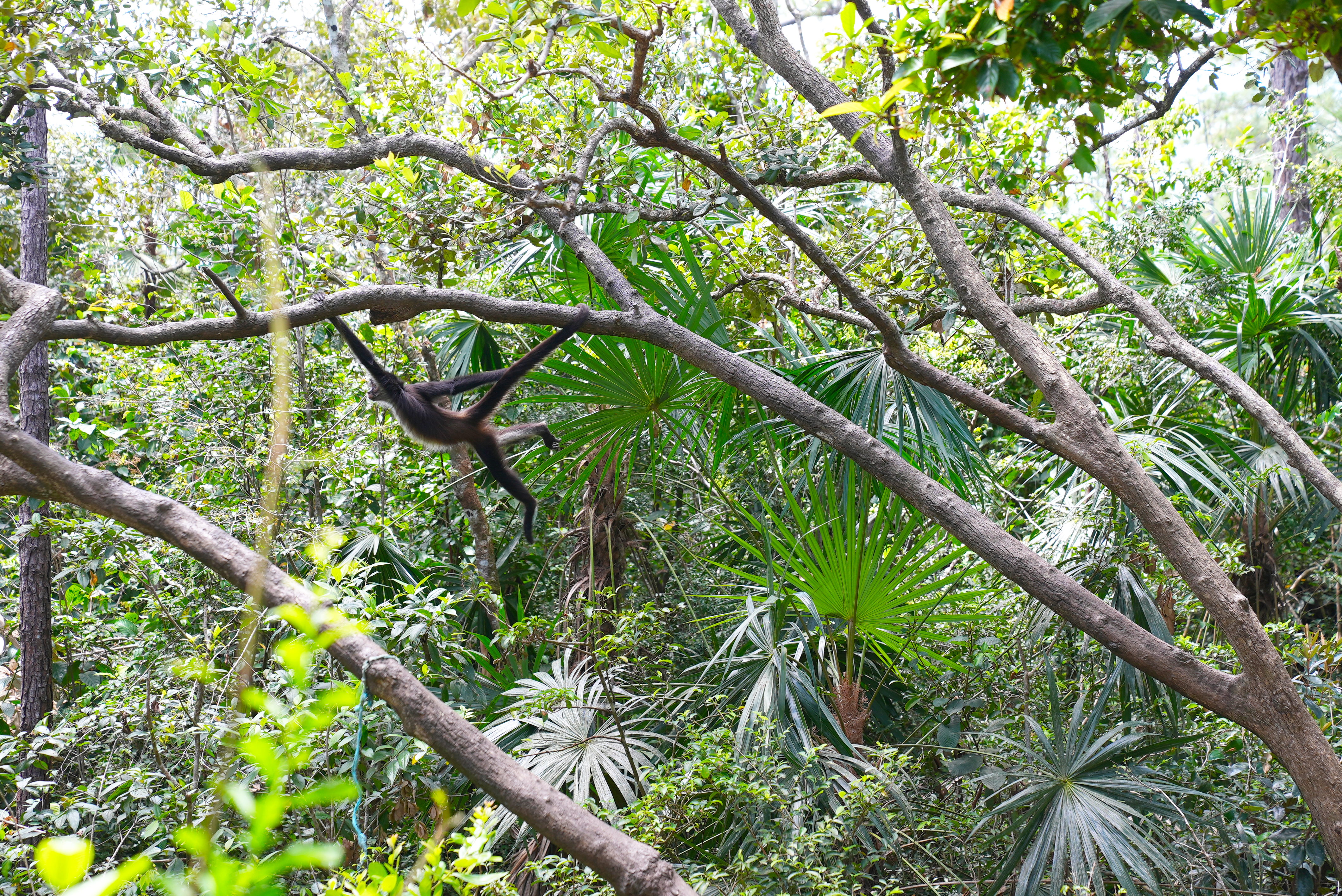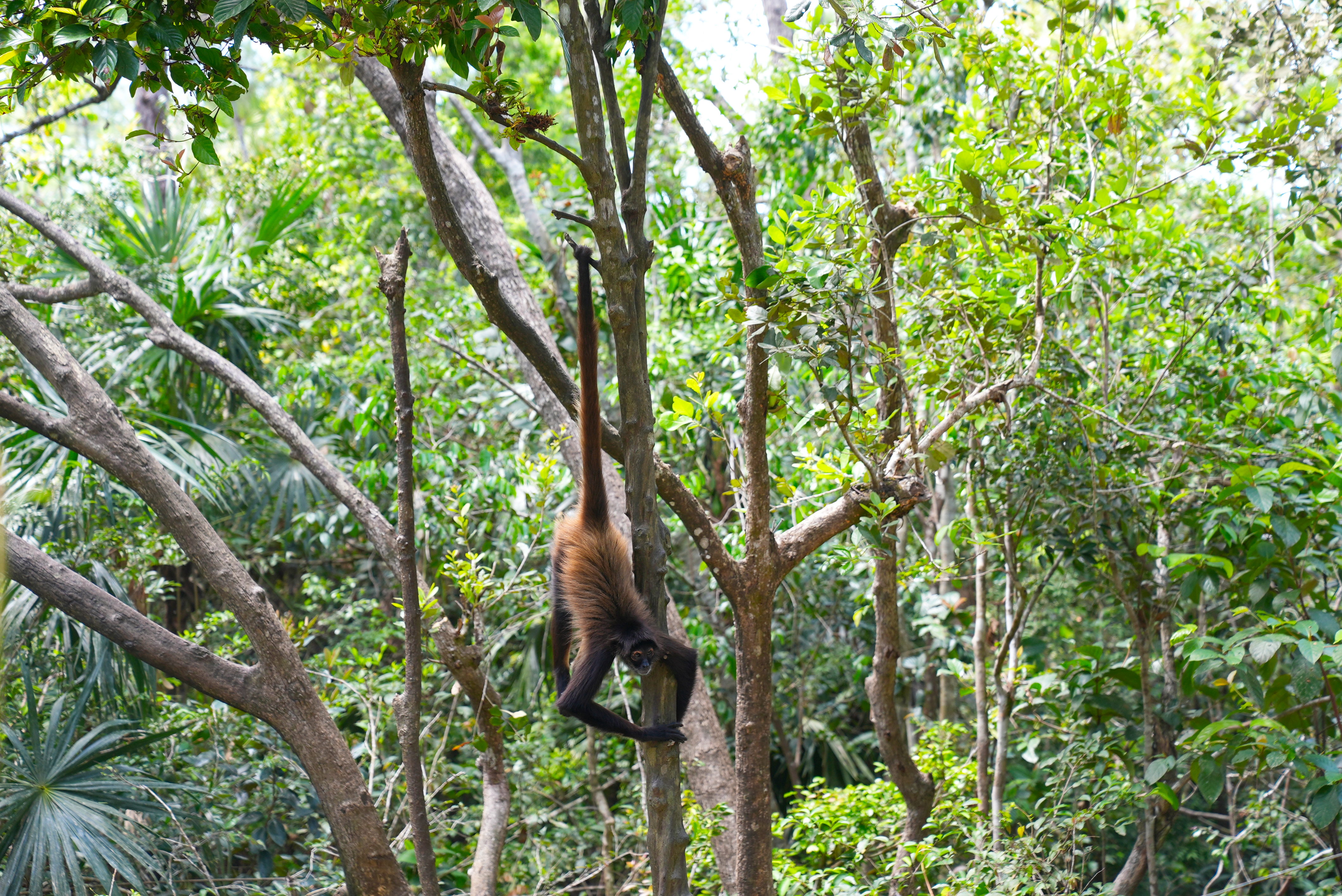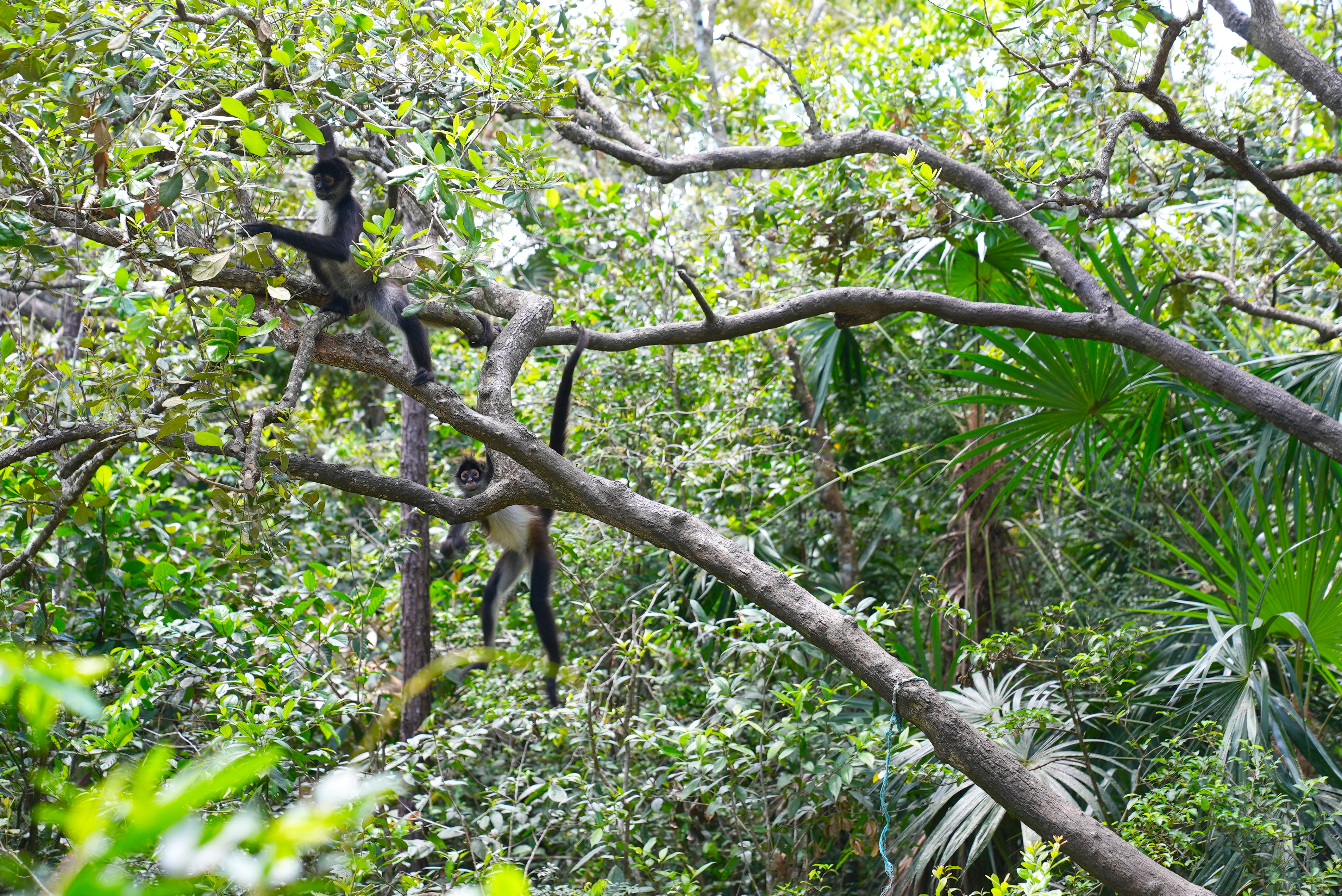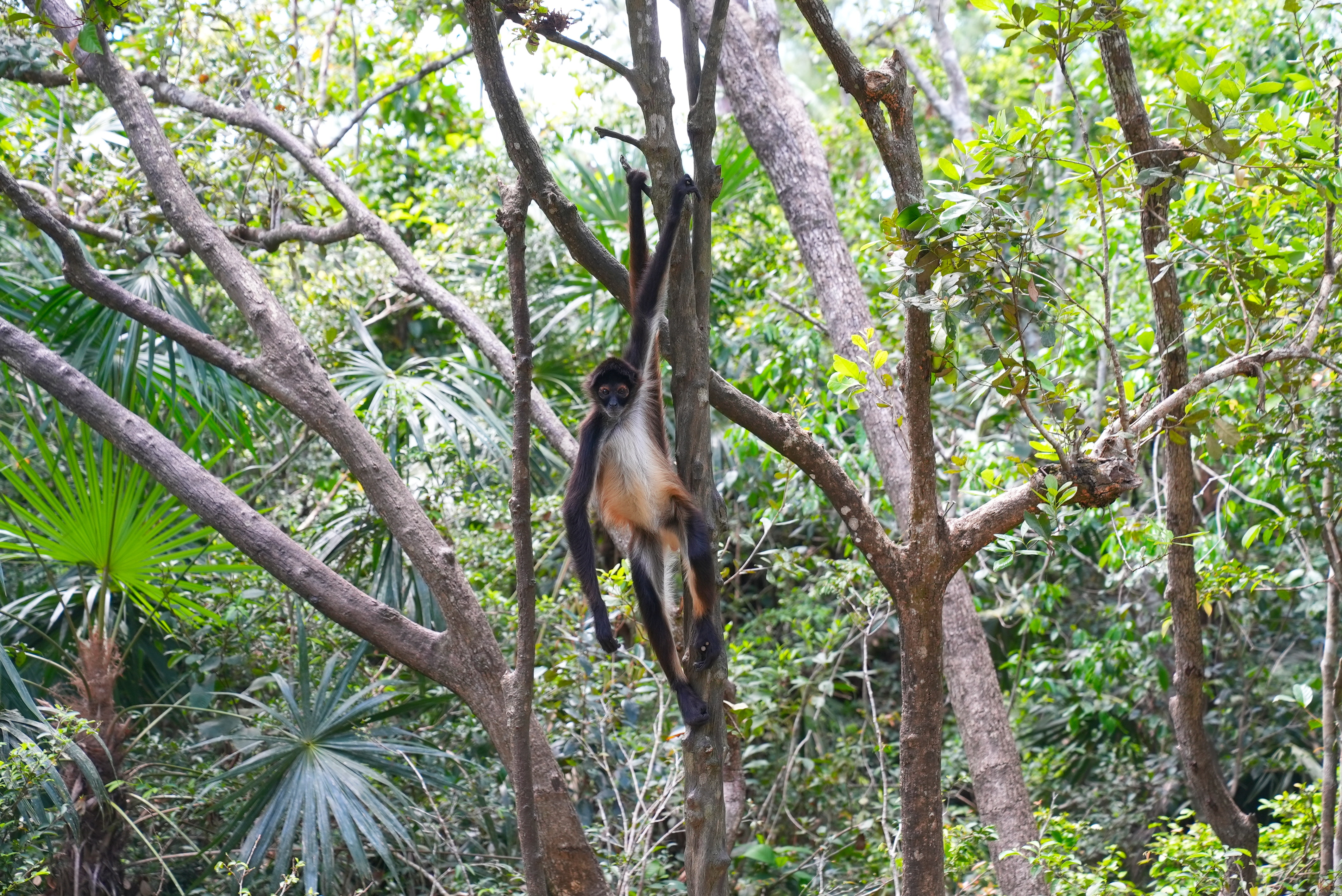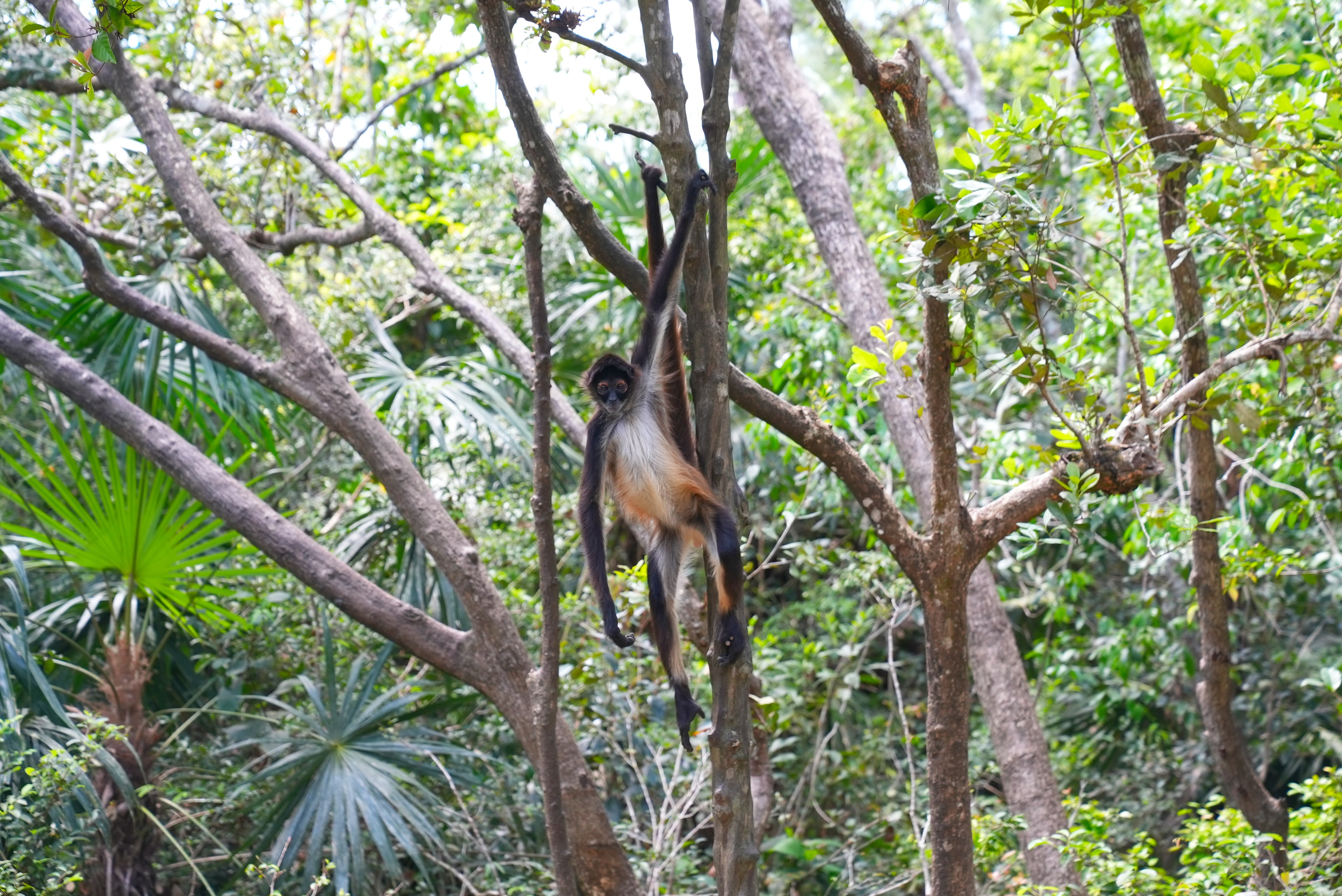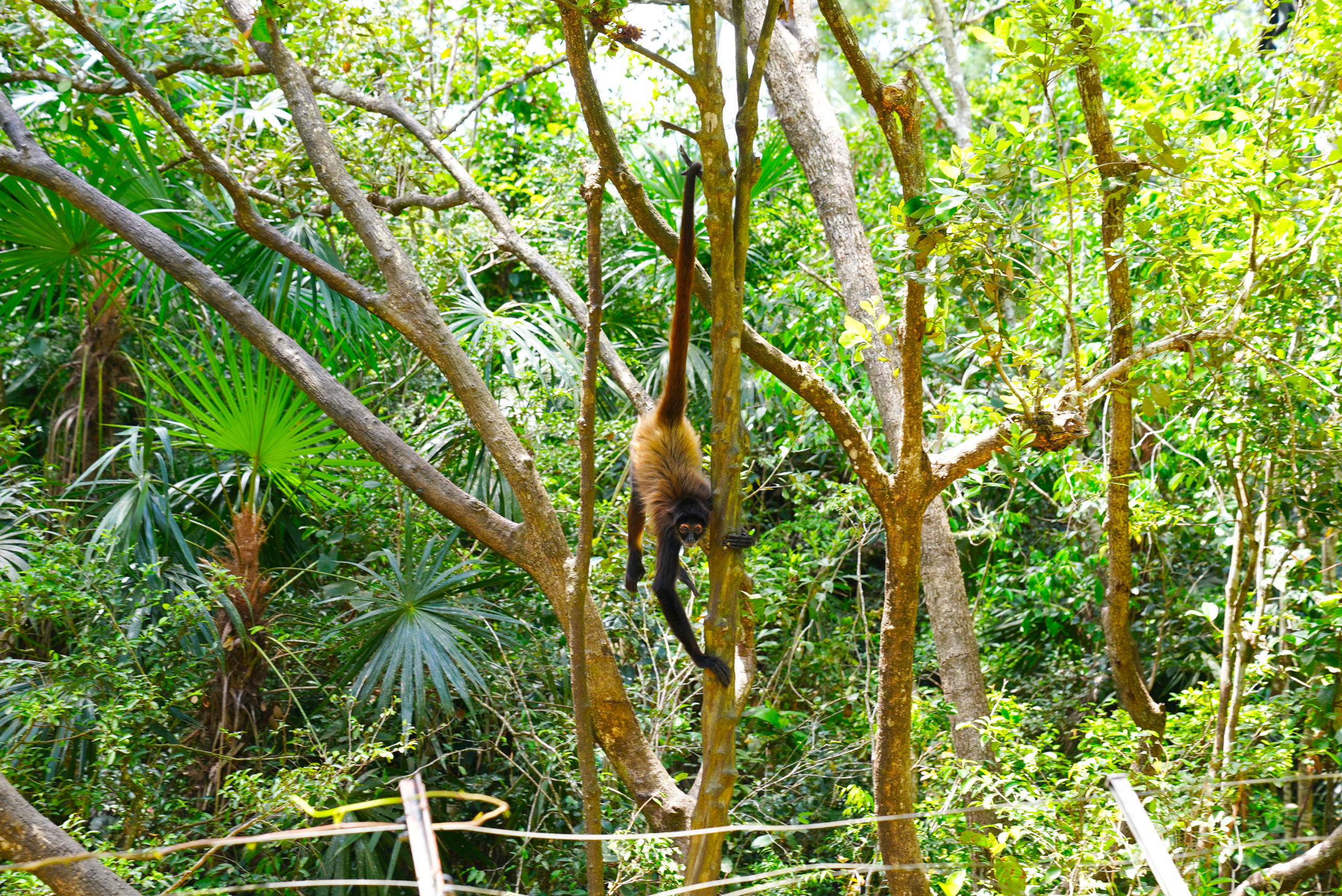In 1983, a film making team, headed by cinematographer Richard Foster (who later became a resident of Belize), came to Belize to create a documentary titled “Selva Verde”. Sharon Matola accompanied the crew as an assistant and animal caretaker. At the end of filming, funds were exhausted, and there was debate over what to do with the now tame animals. Releasing them into the wild was out of the question, and animal euthanasia seemed too extreme. When the filming crew left, Matola remained with the 17 animals (an ocelot, a puma, a jaguar and several exotic birds), and started a makeshift zoo, using the animals’ enclosures as exhibits, to generate funding for their care.
It became apparent that Belizeans were largely unfamiliar with the native animals of Belize, and had many misconceptions and superstitions about them. The zoo’s focus then shifted to educating residents and visitors alike about the native wildlife of Belize. After garnering local support and both local and foreign donations, the zoo was relocated to its present 12-hectare (29-acre) site in 1991.
The Belize Zoo is currently home to more than 175 individuals of 48 species native to Belize. Keeping to its goal of bringing visitors closer to Belize’s natural heritage, the zoo houses only native animals. No zoo animal has ever been taken from the wild. Zoo residents were either people’s pets, donated to the zoo, injured and brought in for healing and rehabilitation, born at the zoo, or sent to the zoo from another zoological facility.
The zoo is easy to find. It’s at the intersection of Western Highway and Coastal Highway. Note that Coastal Highway does not run along the coast.
The Belize Zoo is built in the jungle, using as much jungle as possible. Notice the fancy brochure they gave us so we don’t get lost.
Even if the viewing deck were open, I don’t think I would use it…
Despite an abundance of greenery, this boa constrictor is housed in a plain wooden box. I think he’s looking for a way out. At any rate, the local name for this snake is wowla, for some reason.
Although called a Tropical Ratsnake, this is not a rat, but rather a snake that eats mainly rodents, including rats. Its local name is bocotora clapansaya.
These fellows are red brocket, a species of brocket deer. The one in the back seems to have a small heart on. Get it? Heart on. Hard on. Never mind.
The mountain tapir is the smallest of the four species of tapir. They are one of three extant branches of Perissodactyla (odd-toed ungulates), alongside equines and rhinoceroses. The problem is that they have four toes on the front feet and three on the back…so, not exactly odd-toed, are they?
The Belize Zoo states that it houses gibnuts, which is a local word for the lowland paca. However, this fellow looks more like an agouti, which the zoo does not claim to house.
There are two theories on how the king vulture earned the “king” part of its common name. The first is that the name is a reference to its habit of displacing smaller vultures from a carcass and eating its fill while they wait. An alternative theory reports that the name is derived from Mayan legends, in which the bird was a king who served as a messenger between humans and the gods. However, this fellow just looks bored.
Jabiru are widespread but not abundant in any area. They are considered a species of least concern by the IUCN. Their name comes from a Tupi-Guarani word meaning “swollen neck”. However, a sign on their enclosure states, “Protect the Jabiru. It’s the right thing to do.” So, at least their name is good for rhyming.
The Belize crocodile is a small freshwater crocodile growing to only about 3 meters (which is small for a crocodile). Just another reason to swim in a pool rather than a river.
This is not a great photograph of a white-nosed coati, but it is a great photograph of its lower teeth. Ouch.
The teeth of this margay don’t seem to be as impressive as those of the coati, but still, imagine being a rat, looking up, and realizing that mouth is the last thing you’ll ever see.
The keel-billed toucan requires a high-fruit diet and is sensitive to hemochromatosis. However, they also eat insects, eggs, nestlings, and lizards. Its scientific name is Ramphastos sulfuratus, which does not refer to its odor but rather to its sulfur-colored breast (not shown very well in this photograph).
Panthera onca
The Belize Zoo has more than a few jaguars, which is strange because the zoo does not capture any wild animals. Were these injured and needed to be caged, were they pets until they tried to eat their owners, or…?
There are large enclosures at this zoo, and small signs stating that there are jaguars somewhere. But we have to spend a lot of time peering into the forest before we see any.
Cats sleep a lot, and when they aren’t sleeping, they are resting. Sleep, my pretty, sleep…
We are not sure if the jaguars share a large common enclosure or each have their own. We also don’t know if males and females are housed together.
The jaguar is described as “compact and well-muscled”, “with the third-highest bite force of all felids, after the tiger and the lion.”
This fellow is close enough to pet. But I decide not to.
Spider Monkey
The most entertaining critters at the Belize zoo are the spider monkeys.
The internet states, “Grooming is not as important to social interaction, owing perhaps to a lack of thumbs.” Okay, how could they possibly test that hypothesis? Also, I have thumbs, and I rarely spend time picking fleas off my friends.
At first glance, it looks like this fellow is doing the world’s best splits, but, no, that’s its tail.
And so, we leave the zoo and all its critters, happy to know there are places like this all over the world, doing their small but vital part to help and protect those who need it.



